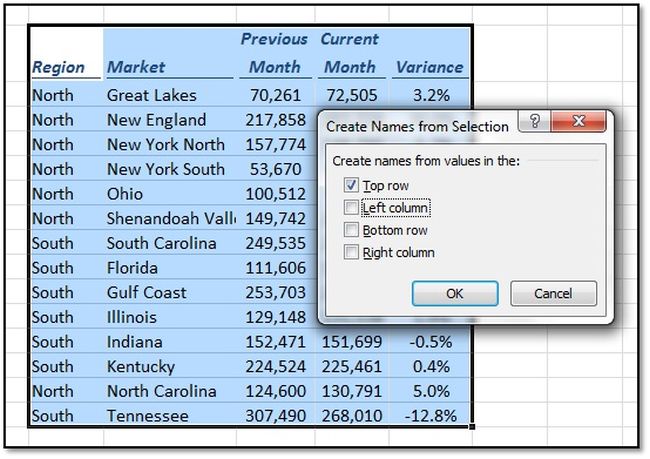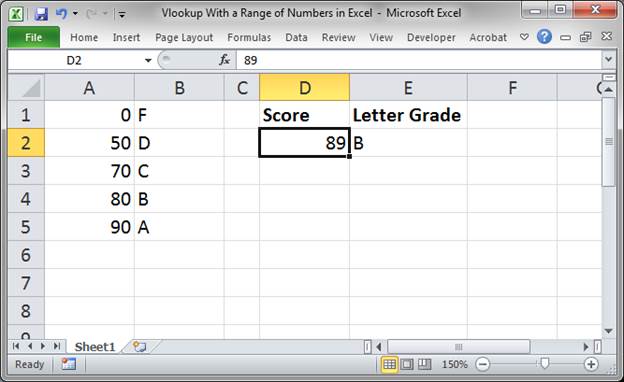

#How to find a range in excel 2010 update
We could sum the cells and update that range every month but we might forget to update it.

In this case we have some monthly sales volumes in column B and a Total Sales Volume to calculate in cell B1. ExampleĬreating a dynamic named range in Excel is best taught with an example.

#How to find a range in excel 2010 how to
In a previous post we covered how to create and use named ranges in Excel, this post shows you how to take that concept to the next level and create a dynamic named range.Ī dynamic named range is one that expands with your data and is useful for any developer creating reports or dashboards that update frequently. But what happens if that range expands? This post shows you how to create dynamic named ranges in Excel that expand with your data.

Pressing Ctrl+A to select the data range leaves the active cell unchanged.A named range in Excel adds a name to a range of cells, a useful technique for making those formulas easier to read. There is another difference between Ctrl+* and Ctrl+A: Pressing Ctrl+* not only selects the data range, it also makes the top-left cell in that data range the active cell. Press it a third time (or press it a single time if you have a cell outside of a data range selected) and Excel selects the entire worksheet. If you press Ctrl+A a second time, then Excel expands the selection to include any headers. If you have a cell selected within a data range, pressing Ctrl+A once will function almost the same as Ctrl+*, meaning that it selects the data range, minus any headers. In most Windows-based programs, Ctrl+A stands for "select all," meaning everything in whatever file the program is working on. There is another keyboard shortcut that will also select a data range: Ctrl+A. Again, the selection doesn't extend to column A because column B is blank. (The other data range isn't selected because column B is blank.) If you start with cell D12 selected and press Ctrl+Shift+8, then the range C1:E190 is selected. If you start with cell A7 selected and then press Ctrl+Shift+8, then A1:A325 is selected. To see how the shortcut works, suppose you have data in the range A1:A325, and more data in the range C1:E190. The shortcut also results in the upper-left cell of the range being the active cell. The selection stops when a blank row or a blank column is reached. (This is the same as Ctrl+*.) This selects, using the currently selected cell as the starting point, the contiguous cells that contain data. The quickest way to select a range of data on your worksheet is to use Ctrl+Shift+8.


 0 kommentar(er)
0 kommentar(er)
